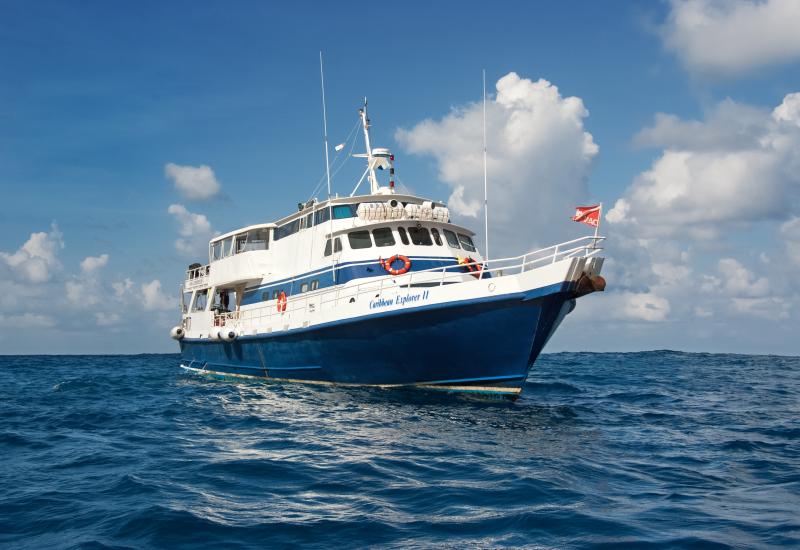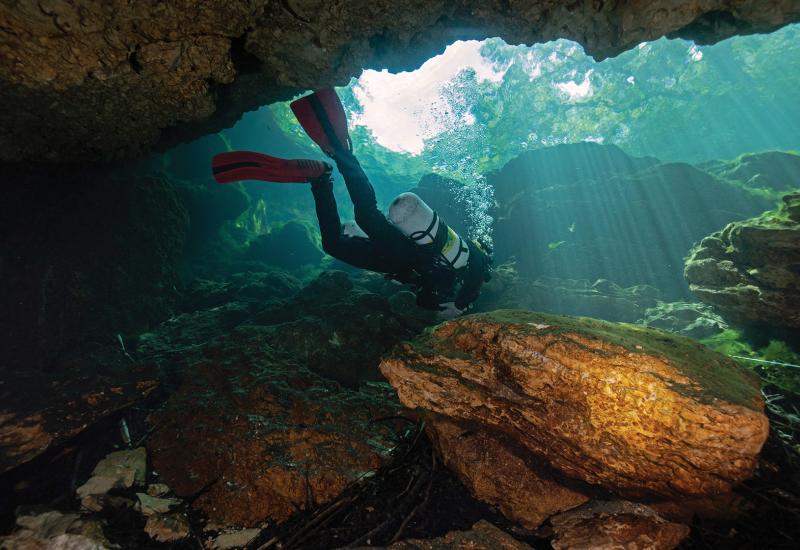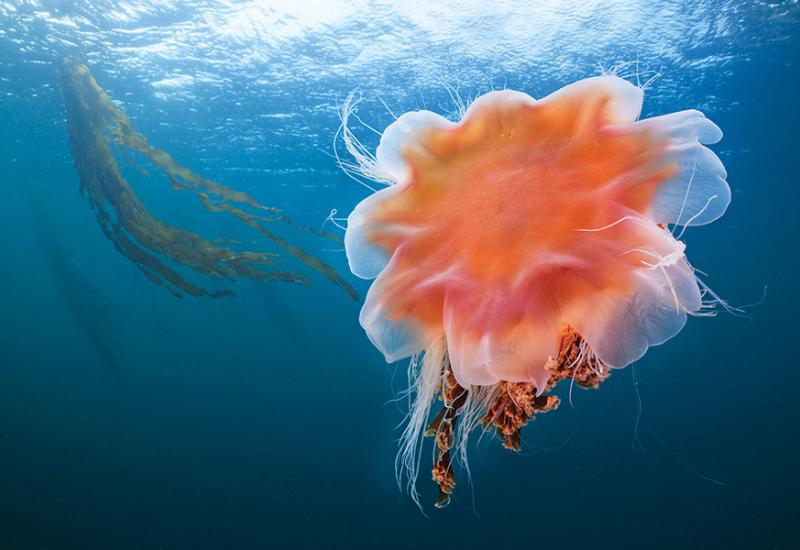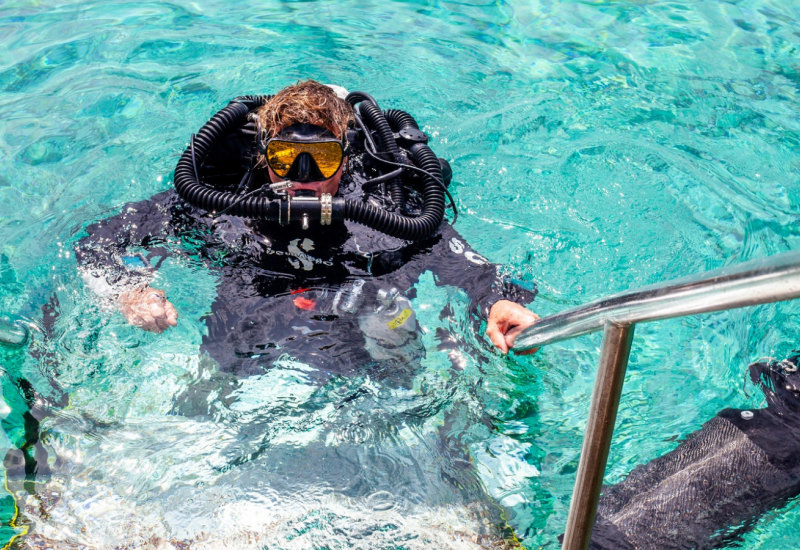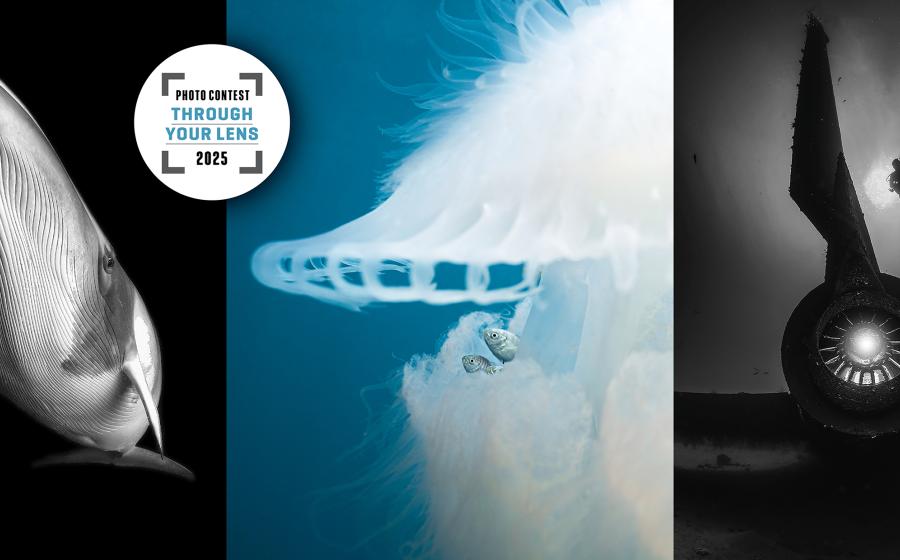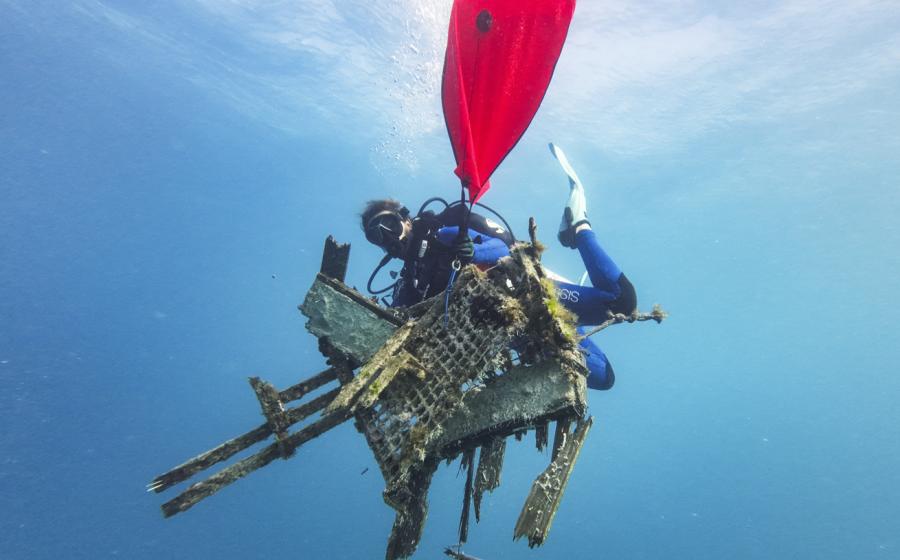Dive Hotspots: Saba, Malta and Loreto
Planning a trip to one of these dive hotspots? Here’s what you need to know. Featuring insight from locals, tips for timing seasonal experiences, and the scoop on popular dive sites, as well as some lesser-known dives you’ll want on your radar too.
Malta
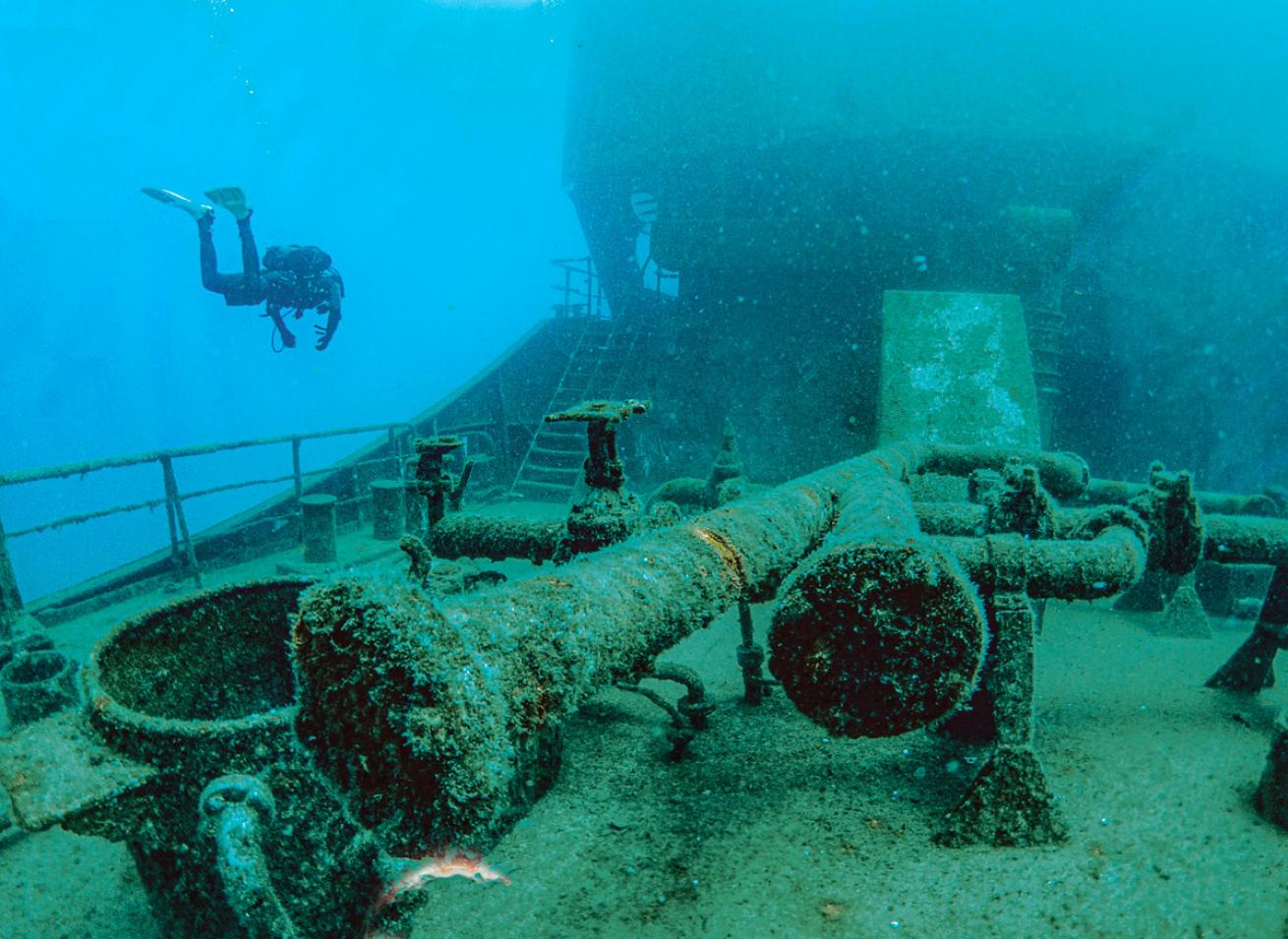
ROB ATHERTON/SHUTTERSTOCKA diver inspects the wreck of the 377-foot Um El Faroud oil tanker.
Under the Radar
Malta’s three inhabited islands—Malta, Comino and Gozo—are home to some of the Mediterranean’s clearest waters for diving as well as one of Europe’s headiest cultural mashups (the Phoenicians, Romans and Arabs are on a long list of the islands’ past occupants). Eat your way through Malta’s unique cuisine during three-hour walking food tours in Valletta with Offbeat Malta Food Trails to try local cheeses, wines and other specialties.
The Classic Dive
Malta’s Azure Window became the Azure Widow when the iconic natural arch along the coast of Gozo collapsed into the sea during a storm in 2017. But the Blue Hole dive site at its base still makes for Malta’s most classic shore dive. An underwater window that’s carpeted with tube worms and sponges creates a beautiful frame for the open sea. Make sure to bring your torch if you want to poke around a large cave yawning open at the bottom of the sinkhole, down about 45 feet.
Dive Report
Max Valli, of Orangeshark Diving Centre, says cavern and cave diving is always a highlight around Comino thanks to the beautiful contrasts between shadow and light. “And they’re mostly shallow, so we can take all levels of divers comfortable with enclosed spaces, and it’s perfect for photographers as well.”
“Oceanic sunfish, with their peculiar shape and curious behavior, have made frequent appearances, allowing divers to get up close and personal with these majestic creatures,” says David Rycken, of Malta Blue Diving.
Related Reading: Beautiful and Biodiverse Dive Destinations
Plan a Trip
“In late summer and early autumn, various species of fish undertake their annual migrations. Schools of tuna, barracuda, amberjack and other pelagic species can be observed moving through the waters around Malta,” says Angelique Herzel, of Malta Blue Diving. August and September also coincide with cuttlefish mating season, says Rycken. “During this time, male cuttlefish display vivid colors and perform impressive courtship displays to attract females,” he says.
Second-Time Visitor
Most divers come to Malta to dive wrecks, Valli says. And it’s worth racking up some experience before diving the Um El Faroud on a return trip if you missed it on your first visit. An advanced dive, the wreck of this Libyan oil tanker sits upright in 140 feet of water off the southern coast of Malta. Because the 377-footlong wreck was purposely scuttled as an artificial reef, hatches and doorways have been opened up everywhere, and divers can access the three-level engine room too.
Loreto

FEDERICO FERMEGLIA/SHUTTERSTOCKSea lions lie out on the rocks at Coronado Island.
Under the Radar
La Paz and Cabo San Lucas often steal the diving spotlight in Baja California Sur, Mexico, but it’s worth heading farther north in the peninsula to lowkey Loreto for more exploring. Las Lagrimas is a special dive site that’s often overlooked, since it’s so close to the more famous sea lion colony La Lobera. “This spot is a true aquarium, with great diversity, biomass and some unusual sightings, like schooling mobula rays, turtles and lots of stingrays,” says Yago Rodriguez, of Blue Nation Baja, about Las Lagrimas.
The Classic Dive
In winter and spring—and sometimes even by late fall—the sea lion colony at La Lobera, off Coronado Island (one of five islands that make up Loreto Bay National Park), is a magnet for visiting divers who relish close encounters with pinnipeds that can be as playful as puppies. “They are super fun and the dive itself is very pretty,” Rodriguez says.
Dive Report
June, July and August are mating season for most fish in Loreto’s waters, says Rafa Murillo, of Loreto Sea and Land Tours. “The water is mixed with cold and warm currents, and visibility can range between 10 and 60 feet, depending on the tides,” he says. “These are the perfect conditions for fish to mate. Even in low visibility, we still find a lot of fish and invertebrates.”
Plan a Trip
There’s always something interesting happening underwater in Loreto, says María Nájera, of Dolphin Dive Baja. The sea lions return to the area from September until June, she says, and February and March are great months to cruise out into the Sea of Cortez on tours to see blue whales. “All year long there are big chances to find dolphins on the way to the dive sites; we also see mantas, rays and eels throughout the year,” she says.
Second-Time Visitor
An hour’s drive from Loreto, Bahia Concepcion has some of the most scenic bays and beaches in all of Baja, Rodriguez says. Stop off to see the incredible date-palm-lined oasis of Mulege here too, he suggests. Land adventurers can also try canyoning and hiking in Mesquite and Tabor canyons, both within a short drive of Loreto.
Saba
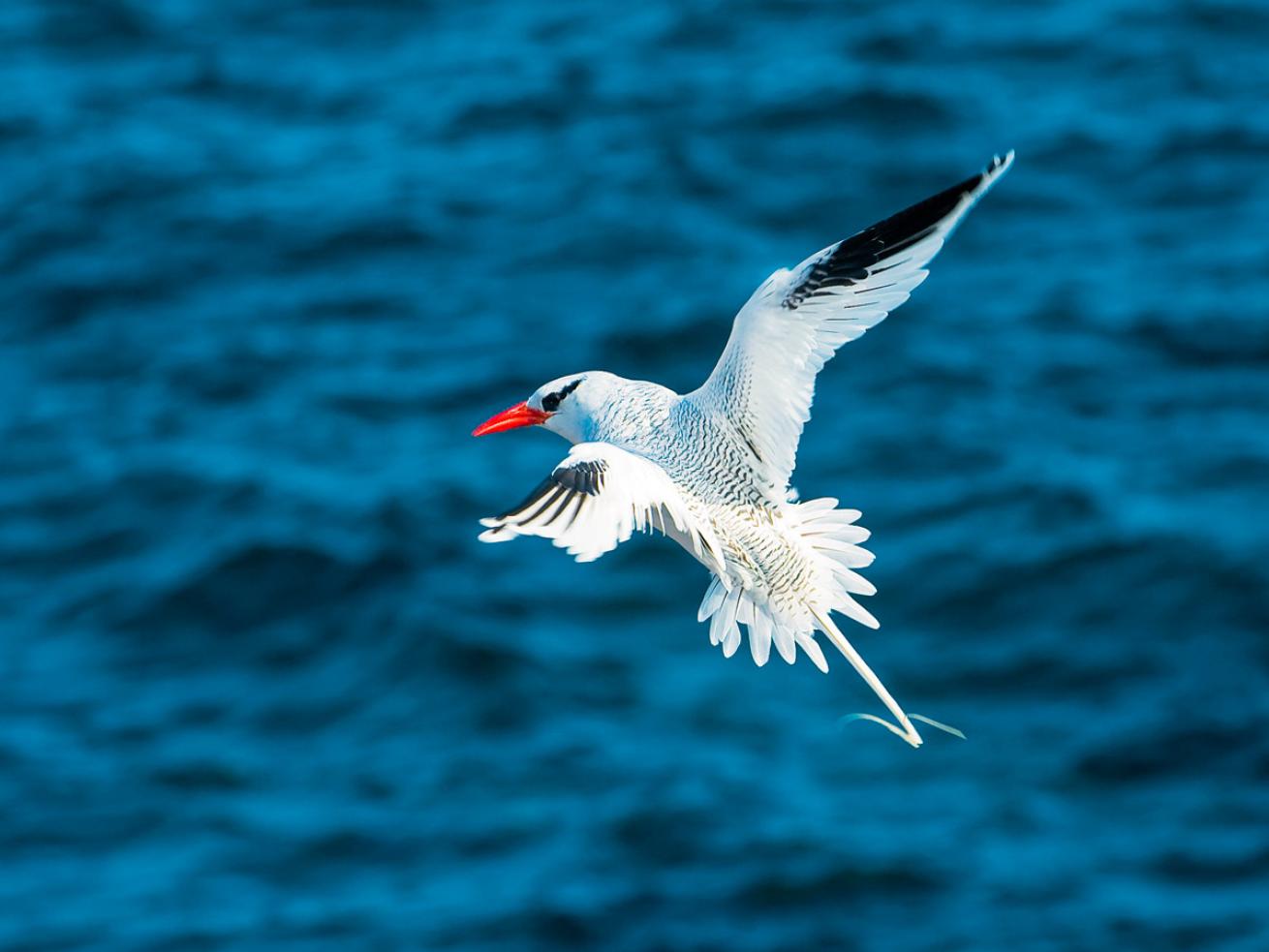
DAVID THYBERG/SHUTTERSTOCKRed-billed tropicbirds can be seen migrating through Saba.
Under the Radar
With great visibility and little current to contend with, Hole in the Corner is a low-key site worth seeking out, says Chad Nuttall, of Sea Saba. “It’s — you guessed it—a corner with a hole in it,” he says about this spot on the windward side of Saba that kicks off with views of giant boulders along a steep slope before turning to reef. “Along the boulders, in shallower water, are some of the healthiest elkhorn colonies on Saba,” Nuttall says. Keep an eye out for schools of parrotfish and big, blue-hued lettuce leaf sea slugs too. “It’s a great place to poke around and look for small stuff,” he says.
Related Reading: Three Great Dive Trips for 2023
The Classic Dive
Saba’s classic deep pinnacle dive is Third Encounter. A gorgeous site on the eastern end of a seamount, it’s an advanced dive where the reef starts at the 90-foot mark, Nuttall says. Turtles and passing Caribbean reef sharks are commonly seen, and divers have even been surprised by mantas winging in from the blue during safety stops.
Dive Report
A noticeable decrease in the presence of invasive lionfish of late at Saba’s dive sites has Nuttall and his team feeling encouraged about conservation efforts. The staff stalk the fish “relentlessly” on daily hunts, Nuttall says. “When we started our hunting program a year and a half ago, each hunter was getting 20 or more lionfish on every dive,” he says. “Now, each hunter gets just one to three lionfish on a dive.”
Plan a Trip
Plan a dive trip from January through April to this Dutch Caribbean island and you might spot migrating humpback whales. Lucky divers have even seen them underwater, although it’s rare. From January through April, migratory birds—including red-billed tropicbirds and Audubon’s shearwaters—nest on Saba’s steep cliffs and can be seen during birding excursions.
Second-Time Visitor
As vertiginous as the island is, it’s no surprise that tiny Saba has outsize offerings for hiking trails. There are 20 hiking paths around the island, including one to the summit of Mount Scenery, Saba’s loftiest peak. Ascend through a cloud forest home to epiphytes and wild orchids to enjoy incredible views from atop a volcanic lava dome.

